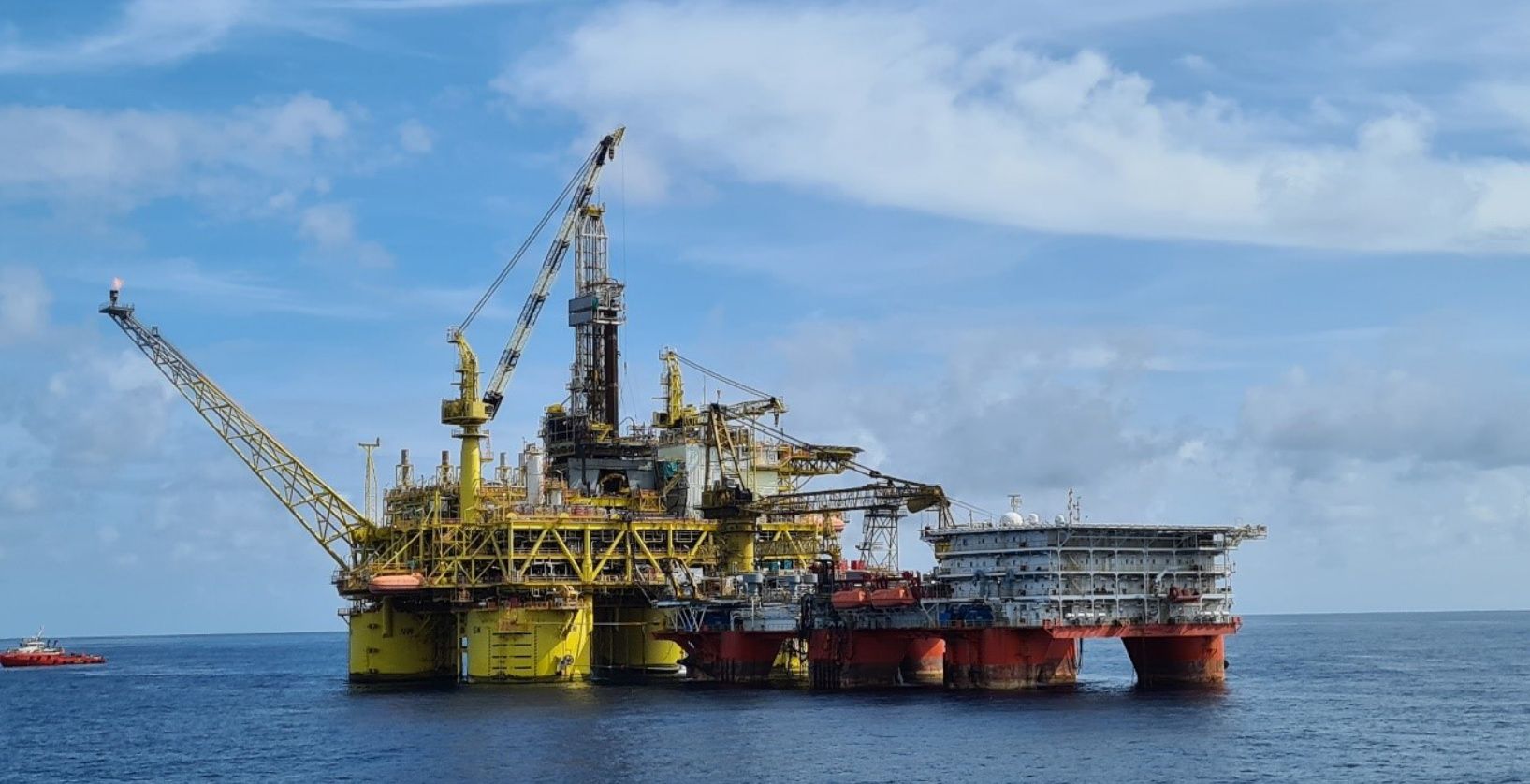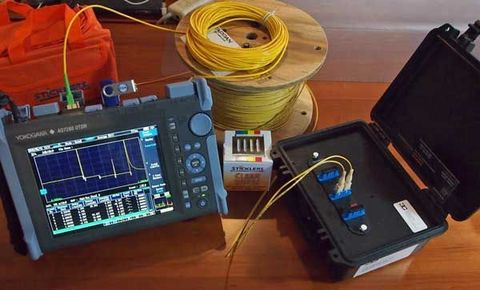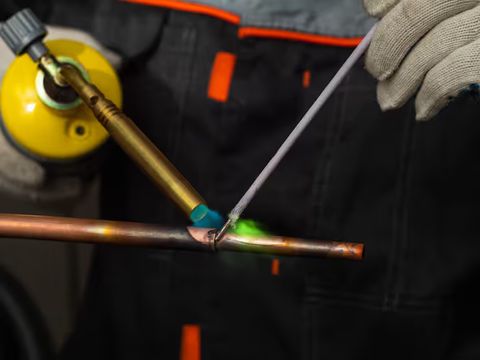Discover Oil Drilling Rigs: Guide, Facts, and Useful Knowledge
Oil drilling rigs are large structures designed to drill wells and extract petroleum from beneath the earth’s surface or ocean floor. They exist because modern society depends heavily on oil and natural gas for energy, transportation, and industrial use. Drilling rigs come in many types, including land rigs, offshore platforms, and mobile rigs, each adapted to different geological and environmental conditions.
The concept of drilling rigs has evolved from simple manual drilling to highly advanced, automated machines capable of drilling several kilometers into the earth. Their role is not limited to extraction—they also support exploration, testing, and maintenance of wells.

Importance
Oil drilling rigs are vital to today’s global energy system. Their importance lies in several areas:
-
Energy supply: Provide access to crude oil and natural gas, which remain primary global energy sources.
-
Economic impact: Support industries such as transportation, petrochemicals, and power generation.
-
Employment and development: Influence local and global economies through industrial growth and energy infrastructure.
-
Technological advancement: Drive innovation in engineering, automation, and safety practices.
Communities, industries, and governments all rely on oil rigs to meet energy demands. Without them, energy security would be severely compromised. They also help solve the challenge of accessing deep or remote oil reserves, ensuring stable supplies in both developed and developing countries.
Recent Updates
In the past year (2024–2025), oil drilling rigs have undergone noticeable developments:
-
Automation and AI (2024): Many rigs now use artificial intelligence for predictive maintenance, reducing downtime and enhancing efficiency.
-
Digital twin adoption (2025): Operators are increasingly using digital replicas of rigs to simulate operations, train staff, and monitor performance.
-
Renewable integration (2024): Some offshore platforms are incorporating hybrid systems, partly powered by wind or solar, to reduce emissions.
-
Safety technology (2025): Enhanced remote monitoring and robotics are minimizing worker exposure to hazardous environments.
-
Environmental focus (2025): Companies are investing in rigs that comply with stricter emission standards and lower ecological impact, particularly in offshore drilling.
Reports show that while the transition to renewable energy is growing, global demand for oil is still strong, keeping drilling rigs relevant in the short and medium term.
Laws or Policies
The operation of oil drilling rigs is governed by national and international regulations to ensure safety, environmental protection, and fair resource use. Examples include:
-
International Maritime Organization (IMO): Sets rules for offshore drilling platforms related to maritime safety.
-
OSHA (United States): Provides workplace safety regulations for onshore and offshore rigs.
-
EPA Guidelines (United States): Enforces environmental protections to reduce spills, emissions, and ecological damage.
-
European Union Directives: Require strict environmental assessments and safety procedures for drilling operations.
-
Local energy ministries and national laws: In countries such as Brazil, Norway, and Saudi Arabia, government agencies regulate licenses, safety standards, and extraction quotas.
Policies also reflect growing climate commitments, requiring companies to adopt more sustainable and transparent drilling practices.
Tools and Resources
A variety of resources help engineers, operators, and students understand and manage oil drilling rig operations:
-
Rig simulation software: Programs like Landmark and Schlumberger simulators allow safe practice of drilling procedures.
-
Real-time monitoring dashboards: Provide data on pressure, drilling speed, and safety conditions.
-
Training platforms: Online engineering courses cover rig operations, safety, and maintenance.
-
Geological survey databases: Offer insights into drilling sites and subsurface conditions.
-
Energy data portals: Websites such as the International Energy Agency (IEA) publish global statistics on drilling activities and oil production.
FAQs
What is the difference between onshore and offshore drilling rigs?
Onshore rigs are located on land and typically drill into underground oil fields. Offshore rigs are situated in oceans or seas and are designed to extract petroleum from beneath the seabed.
How deep can modern drilling rigs go?
Many advanced rigs can drill several kilometers deep, often exceeding 7,500 meters, depending on geological conditions and drilling technology.
Are oil drilling rigs safe to work on?
Modern rigs are equipped with advanced safety technologies, though risks remain. Regulations and safety training aim to minimize hazards such as blowouts, fires, and equipment failures.
How do oil drilling rigs affect the environment?
Potential impacts include spills, emissions, and disruption of marine ecosystems. Regulations and newer technologies are working to reduce these risks.
Will drilling rigs remain important as renewable energy grows?
Yes, at least in the near future. While renewable energy is expanding, oil and gas remain essential for transportation, manufacturing, and global energy security.
Conclusion
Oil drilling rigs are among the most significant technologies shaping the modern energy landscape. They provide access to vital resources, support economies, and drive engineering innovation. While they face increasing scrutiny due to environmental and climate concerns, ongoing advancements in automation, safety, and sustainability are helping balance energy needs with global responsibility.
As industries and governments continue to transition toward a more sustainable energy future, drilling rigs will remain an essential part of the global supply chain, bridging the gap between current energy demands and long-term renewable solutions.






